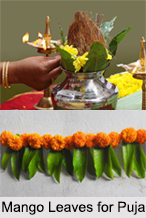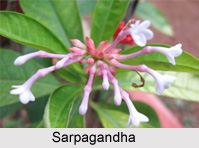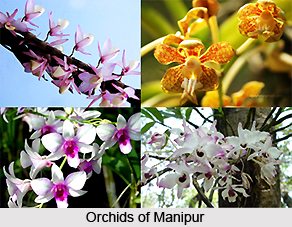 Mango Tree is one of the best known and most popular trees of India. The scientific name of Mango tree is Mangifera Indica. Mango tree bears some very large and tasty fruits. A native to India, mango tree is popularly found in almost all the tropical countries. Though Mango tree does not have scented flowers, still the tree can be identified by its leaves, bark and the shape. The tree can retain its leaves all round the year. Generally, this tree spreads to a great extent to surplus its height. The tree absorbs carbon dioxide from the environment, using it to form the trunk, branches, leaves and fruit of the mango tree. Mango tree produces oxygen and releases it into the environment during this process.
Mango Tree is one of the best known and most popular trees of India. The scientific name of Mango tree is Mangifera Indica. Mango tree bears some very large and tasty fruits. A native to India, mango tree is popularly found in almost all the tropical countries. Though Mango tree does not have scented flowers, still the tree can be identified by its leaves, bark and the shape. The tree can retain its leaves all round the year. Generally, this tree spreads to a great extent to surplus its height. The tree absorbs carbon dioxide from the environment, using it to form the trunk, branches, leaves and fruit of the mango tree. Mango tree produces oxygen and releases it into the environment during this process.
Different Names of Mango Tree
There are several names of this popular tree in the different languages of the country. Both in Bengali language and Hindi language, it is popularly known as "Aam". In Telugu language, Mango is known as "Mamid" or "Mamada"; and the Tamil people know it as "Mangas" or "Ma".
 Structure of Mango Tree
Structure of Mango Tree
Mango tree can grow up to almost 120-130 ft in height, with a radius of 33 ft at the top. The root of the mango tree goes down to around 20 ft, in deep soil. The roots are usually plentiful and wide-spreading. The evergreen leaves of the mango tree contain a specific aroma and are almost 15-35 cm in length and 6-16 cm in width. In the initial stages, the leaves are orange coloured, but turn dark red and eventually dark green as the leaves mature. Flowering takes place generally in between January to March. The flowers have 4 or 5 petals and are 5-10 mm in length. The mango flowers are yellow-greenish in colour. The petals have orange stripes on them. Amongst the thousands of flowers that appear in the tree, only a few have the ability to produce fruits. The flowers are pollinated by insects and less than 1 percent of the flowers will mature to form a fruit. The stems of the tree are fat, green in colour and wavy. They can bear numerous retreating side stems. Each of these stems has a lot of little and stalked flowers.
Fruit of Mango Tree
The Mango fruit takes 2 to 3 months to get matured and they vary from one tree to another. The normal fruiting period of the Mango tree is from the month of May to July, but one can obtain fruit from them almost every month of the year. The tree has some varieties that produce fruits twice and even three times in every 12 months. The Mangoes can be of different weights. Starting from 170 gm to 1.4 kg, the fruit has a tough and thin skin that can be of green or yellow or red in colour. They contain luscious flesh that is creamy white, yellow or deep salmon in colour. Sometimes the flesh is like fibres and sometimes it is very smooth.
 Usage of Mango Tree
Usage of Mango Tree
Apart from the delicacy of the fruit, the tree has some other valuable properties as well. The timber of Mango tree is quite soft and durable and thus very good for planking and making packing cases and tea boxes. The bark can produce a gum that is used in medicine. The immature fruit can also be used, as a treat to Ophthalmia and some people believe that a tonic prepared from the ripe fruit, is good for the liver. Not only these, various parts of the tree are used to stop bleeding and prescribed in cases of snake-bite and scorpion-sting as well.
Religious Significance of Mango Tree
In Hindu religion, mango tree holds a lot of religious importance. To the Hindus, it is an alteration of the God Prajapati, the Lord of all creatures. Further, the rooms in which marriage ceremonies are held are festooned with Mango leaves. The wood is also considered as sacred because it is included in funeral pyres. It is also depicted that a ripe Mango fruit is held by Lord Ganesha. The Hindus also dedicate the flowers of the tree to the Moon on the second day of the Bengali month, Magha.
With all these significances and uses, Mango tree holds a vital position among the people of the country.











